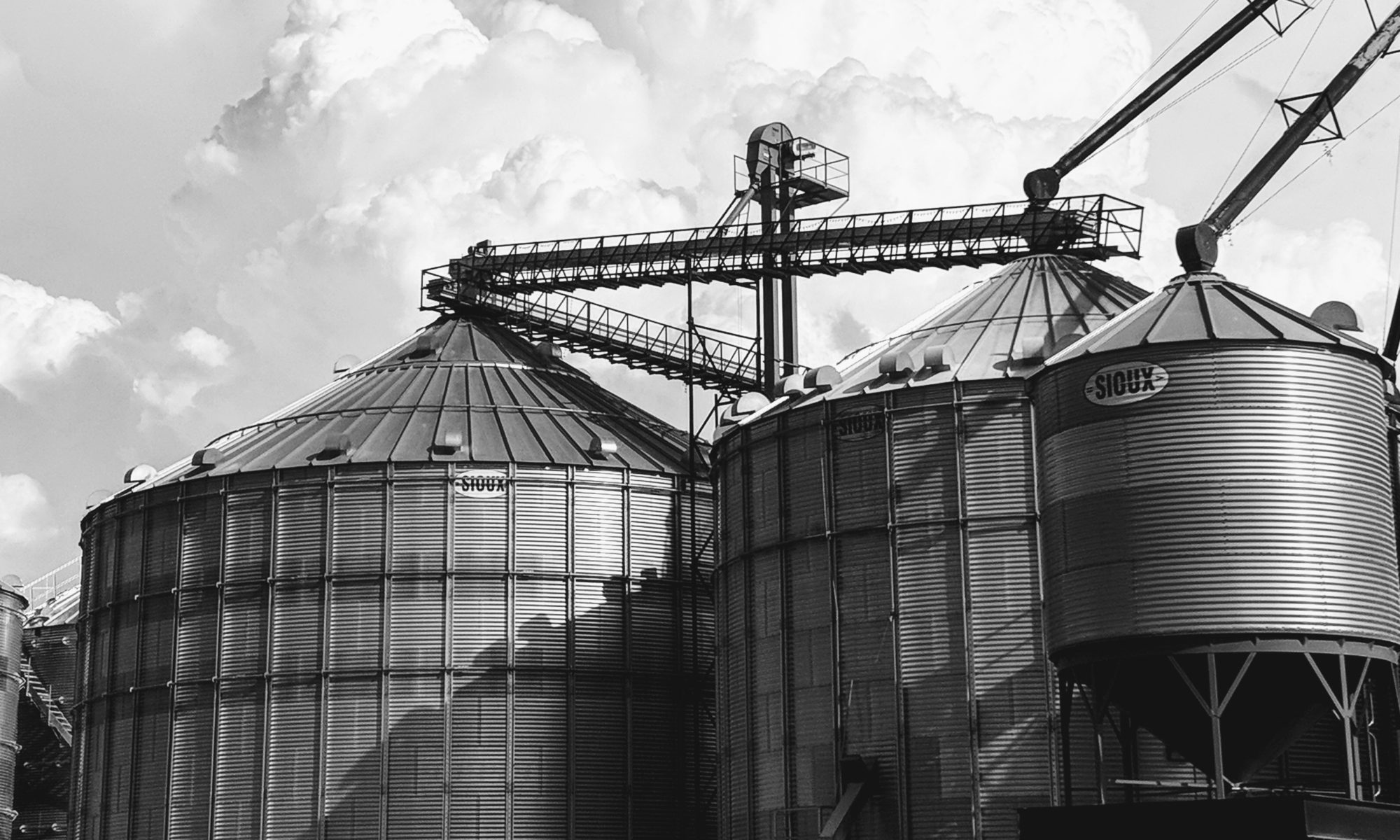Ali Rausch
Vernacular architecture: local, logical, and functional, no guidance from the intellectualized architect who is trained in design. Vernacular architecture is a direct reflection of the individual and the use of its context. And in South Dakota our vernacular is just that, practical and humble in nature. It’s the corn crib that has been rooted on the family farm for four generations, it’s the grain elevator by the railroad tracks in a town of 200, it’s the silo the metal shed, the list could go on and on. This is our vernacular. Perhaps it’s the drive to and from work that has me thinking, but I see all these buildings scattered amongst the landscape and can’t help but wonder, how can we incorporate our state’s rural context, with the trend leaning in favor of urbanization?
It is projected that South Dakota’s population growth is presently around 8%, which is substantial for our state’s historical population growth (worldpopulationreview.com). With most of that growth happening around the Sioux Falls area and along Interstate-29 to the Rapid City area, the rural population is on the decline.
So, where does this tie into vernacular architecture? Good question. I think the embracing of our rural architecture must be prominent for South Dakota’s vernacular identity to maintain. Or at least the concept, and perhaps the lessons that it can teach. Vernacular is place defining, without trying to proclaim its existence. Influential figures, such as architects, designers, and the likewise, need to be reminded of our surroundings and find the elegance in the functional and the practical.
Applying this appreciation towards our vernacular, grain bins and all, those qualities can transfer to new architecture and sustainable design throughout South Dakota while still maintaining the language of the place it resides.
Included below is a mantra (if you will) to what vernacular architecture entails – take it or leave it, but hopefully take it, the next time you’re driving down a South Dakota backroad.
Ricardo Legorreta’s Twelve Points of Vernacular:
- Vernacular Architecture has direct references to human inhabitation and use.
- Vernacular building is logical and at the same time flexible. So, it can adapt to changing requirements.
- Vernacular building is sincere, forgiving, and loving.
- It embraces mystery, a quality we are losing in modern life.
- Vernacular is based on common sense and not intellectualized.
- In direct as well as poetic sense, it is functional.
- The vernacular is not related just to poverty and naivete. It is capable of elegance and dignity.
- It is capable because it is based on experience, of great refinement.
- It has an enviable simplicity.
- It has a capacity for intimacy, hand in hand with elegance.
- There is freedom from rules, which shows up especially in an insouciant use of color just for fun.
- It can reflect the country’s sense of humor.
(Originally Published in Wayne Attoe, ed., The Architecture of Ricardo Legorreta (Austin: University of Texas Press, 1990), pp.163-166.
Featured image: Grain Bins: Madison/Colman Exit along I-29. Photographed by Ali Rausch
About Ali Rausch

Ali is a graduate student in the DoArch program at South Dakota State University. She received her bachelor’s degree in Landscape Architecture in 2017 and is currently interning at CO-OP Architecture in their Sioux Falls location.

AIA South Dakota is the professional non-profit membership association of architects, future architects, and partners in the building and design industries, and the state chapter of the American Institute of Architects (AIA) AIA South Dakota advances the mission that design matters in every South Dakota community.



Great piece, Ali!
Careful in how you present facts. South Dakota’s population growth is nowhere near 8% unless that is a quote for the past 10 years. The yearly growth is roughly 2 – 2.5%. https://en.wikipedia.org/wiki/Demographics_of_South_Dakota
That said, the vernacular of South Dakota is an interesting discussion and begs investigation because of the incredible dynamics of the state’s history that has been kept in tact in some forms in the various parts of the state.
The feel of the Black Hills is decidedly different than that of Chamberlain versus Mitchell versus Sioux Falls. And its easy for a visitor to sense it. Unlike what the vernacular of say….Minnesota might be.
Would be a great discussion for a larger group. Perhaps the professors in Brookings might take this on?
With your interest in vernacular architecture, are you a member of Vernacular Architecture Forum? If not, I highly recommend it. The annual conferences are so interesting – focusing more on tours of buildings and landscapes instead of just seeing images of them. Sadly that component will be missing this year but the papers are always thoughtful. This year the conference is online. Tomorrow is the registration deadline. http://vafweb.org/event-3803522